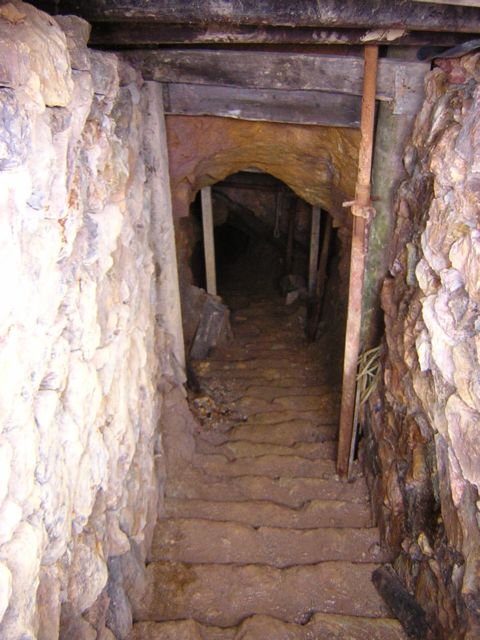In the latest Age of Invention newsletter, Anton Howes discusses the engine behind the meteoric rise of Britain’s “Copper King”, Thomas Williams:
At the time More visited, Thomas Williams had only just begun his rapid rise to power. He was already a major industrialist and grown stupendously wealthy. When More asked about his stables, Williams apparently could not even estimate how many he possessed to the nearest ten. But Williams not yet even master of the mountain.
Nonetheless, the mining was well underway. The closest port, Amlwch, was already connected to the mountain by a new road that had been built for the Parys Mine Company’s sole use. Having not long ago been a village of just six houses, Amlwch had turned into a bustling port.
The mine itself was a source of fascination. “This differs from any mine I had ever seen or perhaps is anywhere else to be found, for the ore here instead of being met with in veins is collected into one great mass, so that it is dug in quarries and brought out in carts without any shafts being sunk”. Instead, the miners hollowed out the mountain itself, forming vast caverns that they supported by simply leaving vast columns of the ore untouched. He noted at least four or five of these caverns with ceilings forty feet high, with columns of yellow ore: “the whole seemed like the ruins of some magnificent building whose pillars had been of massy brass.”
It’s a fascinating insight into what Parys would have very briefly looked like, because today there is so little of the mountain left. Indeed, some of the caverns More got to see were already collapsing, with the rubble then needing to be sorted. He describes how one such piece of rubble — a two-ton chunk of ore — had to be bored, the cavity rammed with gunpowder and sealed with stones, and then exploded. “They are continually blowing up parts of the mine”, he noted, and was informed that the part of the mine he was visiting alone got through 10-12 tons of gunpowder per year. The mountain was disintegrating, punctuated by the occasional boom.
And as though that were not dramatic enough, the whole place smelled like hell. When More visited there were some seventy vast kilns upon the mountain for calcining the ore, burning off its sulphur. Each kiln held some 2,000 tons of ore, and when ignited with a little dried vegetation or coal it was so sulphurous that it took four months of furious burning for the ore to be sufficiently calcined. He noted that one had to keep to the windward side of the kilns, as “the fumes arising from them are very disagreeable and destroy all vegetables for a considerable distance around them.”






